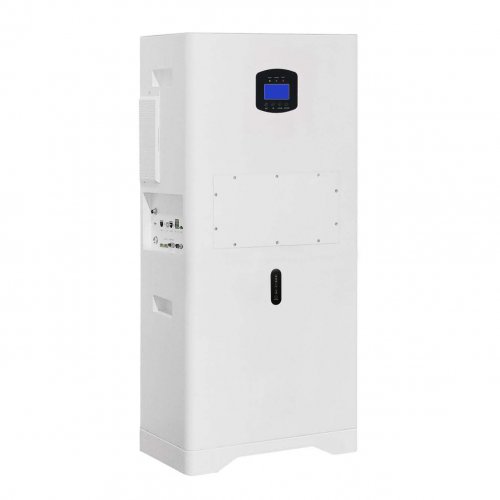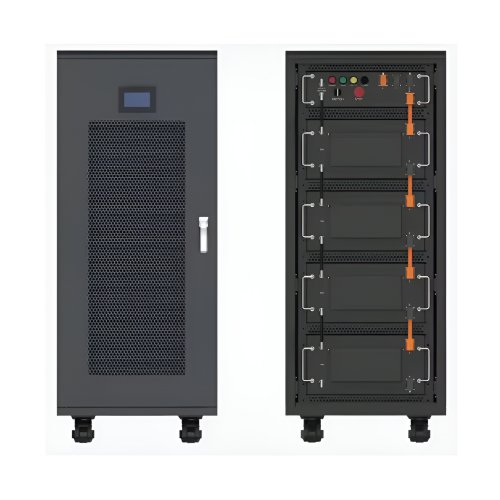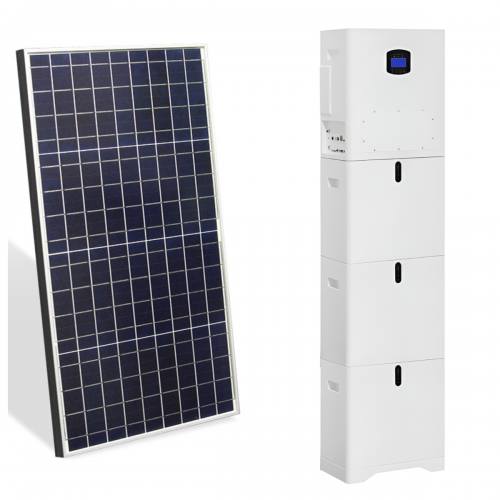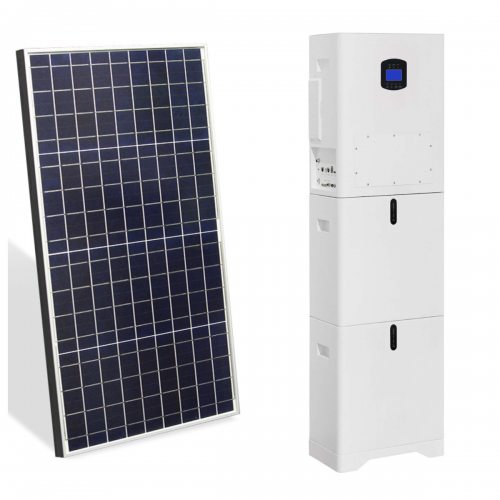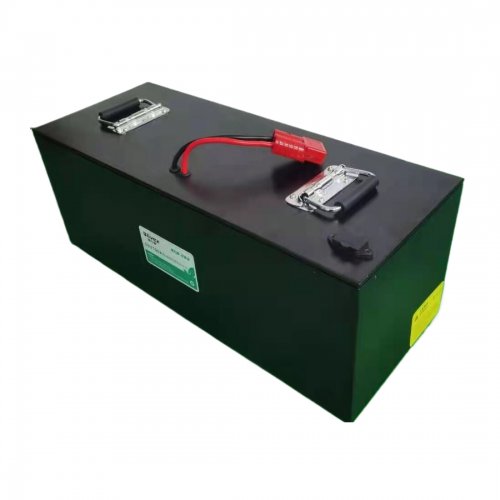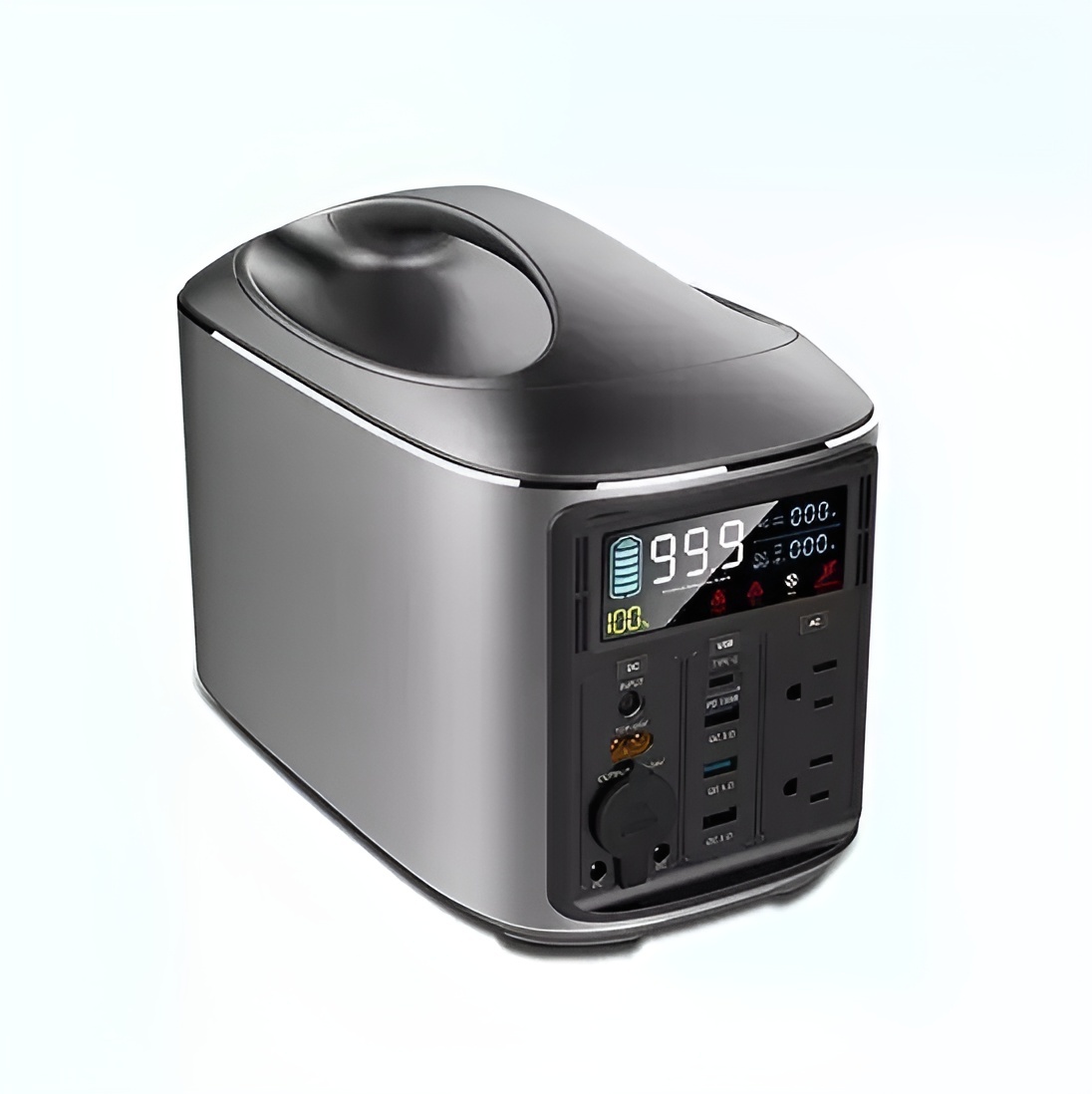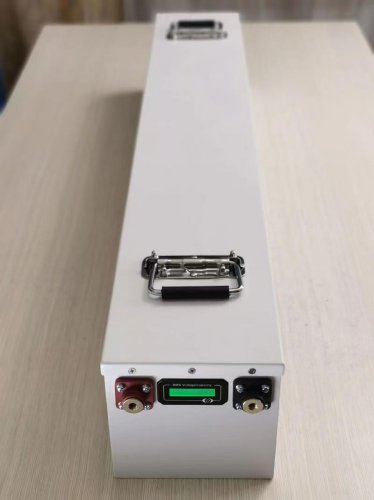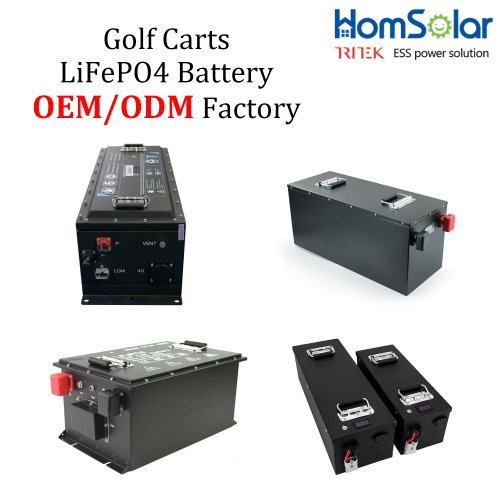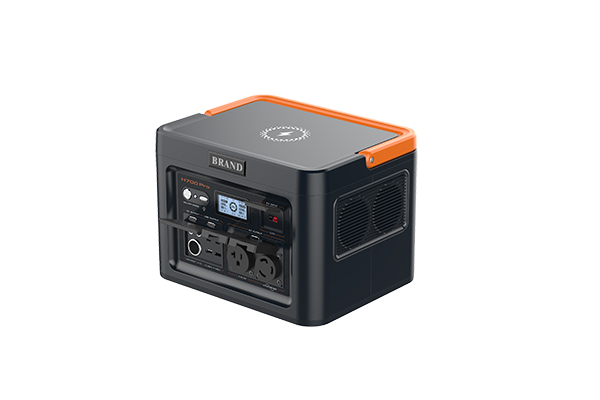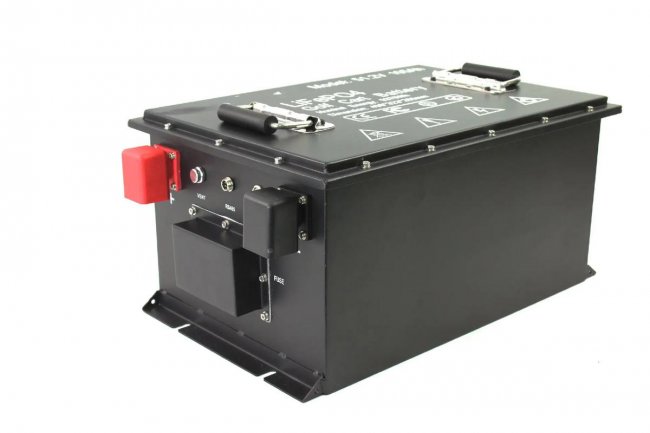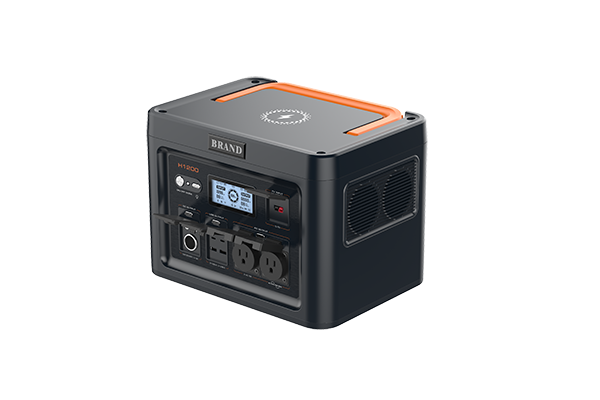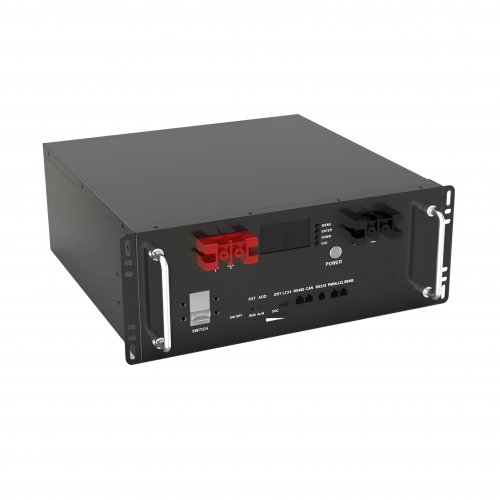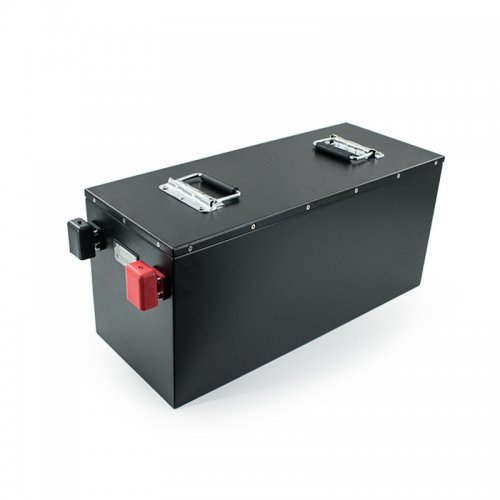Advances In Electrochemical Performance: Unlocking Next-generation Energy Storage Through Material And Interface Engineering
The relentless pursuit of advanced energy storage solutions has placed electrochemical performance at the forefront of materials science and engineering. The key metrics—energy density, power density, cycle life, Coulombic efficiency, and rate capability—collectively define the viability of technologies ranging from portable electronics to grid-scale storage and electric vehicles. Recent years have witnessed remarkable progress, not through serendipitous discovery, but through a deliberate and sophisticated focus on engineering materials at the atomic and molecular scale and mastering the complex electrochemistry occurring at interfaces.
Novel Electrode Materials: Beyond Conventional Intercalation
The development of high-capacity electrode materials has been a primary driver of performance enhancement. For lithium-ion batteries (LIBs), the transition to silicon-based anodes represents a paradigm shift. While graphite anodes are limited to a theoretical capacity of 372 mAh g⁻¹, silicon offers a staggering capacity of over 3500 mAh g⁻¹. The historical challenge has been the massive volume expansion (>300%) during lithiation, leading to mechanical fracture and rapid capacity fade. Recent breakthroughs have effectively mitigated this. The design of hierarchically structured silicon, such as porous silicon nanoparticles encapsulated within conformal carbon shells, has proven highly effective. This architecture accommodates volume expansion internally while the carbon matrix maintains electrical connectivity and stabilizes the solid-electrolyte interphase (SEI). For instance, a study by Liu et al. demonstrated a Si/C composite anode that retained 92% of its capacity after 500 cycles, a significant leap in durability [1].
On the cathode side, the move towards nickel-rich layered oxides (NMC, e.g., LiNi₀.₈Mn₀.₁Co₀.₁O₂) and lithium-rich manganese-rich (LMR) materials has pushed the energy density frontier. However, these materials suffer from surface degradation and oxygen release. A landmark advancement has been the application of conformal surface coatings and gradient doping. For example, the use of atomic layer deposition (ALD) to apply an ultrathin, uniform layer of Al₂O₃ or Li₃PO₄ on NMC particles drastically reduces transition metal dissolution and suppresses parasitic side reactions with the electrolyte [2]. This nano-engineering approach directly translates to enhanced cycle life and thermal stability.
Beyond LIBs, sulfur cathodes for lithium-sulfur (Li-S) batteries offer an exceptional theoretical energy density. The principal hurdles are the polysulfide shuttle effect and poor conductivity of sulfur. The research community has made immense strides by designing sophisticated sulfur hosts. The use of polar metal-organic frameworks (MOFs) or MXenes as sulfur hosts chemically traps polysulfides, while their conductive nature improves reaction kinetics. A recent report highlighted a MOF-derived host that enabled a Li-S battery with a negligible capacity decay rate of 0.05% per cycle over 1000 cycles [3].
The Electrolyte Frontier: Stabilizing Interfaces for Longevity
The electrolyte is no longer seen as a passive ion-transport medium but as an active component dictating interfacial stability. The instability of conventional organic liquid electrolytes with high-voltage cathodes and reactive anodes has spurred the development of advanced alternatives.
Solid-state electrolytes (SSEs) represent the most promising path toward safer batteries with higher energy density. Sulfide-based SSEs (e.g., Li₁₀GeP₂S₁₂) exhibit ionic conductivities rivaling liquid electrolytes. The critical breakthrough has been in understanding and engineering the electrode/SSE interface. The formation of a resistive interphase has been a major bottleneck. Recent work has shown that introducing an ultrathin interfacial layer, such as a soft polymer buffer or a lithophilic metal interlayer, can dramatically reduce the interfacial resistance and enable stable lithium plating and stripping [4]. This has led to the demonstration of all-solid-state pouch cells with long cycle life.
For liquid systems, high-concentration electrolytes (HCEs) and localized high-concentration electrolytes (LHCEs) have emerged as a game-changer. By using a high salt-to-solvent ratio, these electrolytes fundamentally alter the solvation structure, reducing free solvent molecules that readily decompose at the anode surface. This results in the formation of a robust, inorganic-rich SEI and cathode electrolyte interphase (CEI), which is crucial for stabilizing lithium metal anodes and high-voltage cathodes simultaneously. A seminal study showed that an LHCE enabled a Li||NMC811 battery to retain 80% capacity after 400 cycles, a feat unattainable with conventional electrolytes [5].
Characterization and AI-Driven Discovery
Progress in electrochemical performance is increasingly fueled by advanced in-situ and operando characterization techniques. Tools such as in-situ transmission electron microscopy (TEM) and synchrotron-based X-ray diffraction allow researchers to observe structural evolution and degradation mechanisms in real-time. This direct observation has been instrumental in validating the failure mechanisms of silicon anodes and the phase transitions in high-capacity cathodes, providing critical feedback for material design.
Furthermore, the integration of artificial intelligence (AI) and machine learning (ML) is accelerating the discovery and optimization process. ML models can screen vast chemical spaces to predict novel solid electrolytes with high ionic conductivity or identify optimal doping elements for cathode materials. AI-driven analysis of cycling data can also diagnose failure modes and predict battery lifespan, moving towards predictive maintenance and optimized usage protocols.
Future Outlook
The trajectory of electrochemical performance enhancement points towards several key future directions. First, the integration of multi-functional materials will become standard, where a single particle is engineered with a core for capacity, a shell for stability, and a surface coating for catalytic activity. Second, the era of "all-solid-state" is approaching, but the focus will shift from material discovery to scalable and cost-effective manufacturing of thin, robust solid electrolyte layers.
Third, the exploration of "beyond-lithium" chemistries like sodium-ion, potassium-ion, and magnesium-ion will continue, driven by abundance and cost. Their performance is now reaching a level competitive with LIBs for specific applications, and further interface engineering will be key to their commercialization. Finally, the role of AI will evolve from a discovery tool to an integral part of battery management systems, enabling real-time optimization of performance and safety based on predictive models.
In conclusion, the advances in electrochemical performance are a testament to a deeper, more fundamental understanding of electrochemical processes. By moving from bulk material design to nano- and atomic-scale interface control, and by leveraging powerful new computational and characterization tools, the scientific community is systematically overcoming the barriers that have long constrained energy storage technology. The future promises not just incremental improvements, but a transformative leap in how we store and utilize electrical energy.
References
[1] Liu, N., et al. "A pomegranate-inspired nanoscale design for large-volume-change lithium battery anodes."Nature Nanotechnology9.3 (2014): 187-19 2.
[2] Li, J., et al. "Atomic layer deposition of solid-state electrolyte coated cathode materials with superior high-voltage cycling behavior for lithium ion battery application."Energy & Environmental Science7.2 (2014): 768-778.
[3] Pang, Q., et al. "A nitrogen and sulfur dual-doped carbon framework derived from poly(ionic liquid) for high-performance lithium–sulfur batteries."Nature Communications8.1 (2017): 14678.
[4] Wang, C., et al. "Garnet-type solid-state electrolytes: materials, interfaces, and batteries."Chemical Reviews120.10 (2020): 4257-4300.
[5] Chen, S., et al. "High-efficiency lithium metal anode enabled by a localized high-concentration electrolyte."Journal of the American Chemical Society140.9 (2018): 3340-3347.
Customized/OEM/ODM Service
HomSolar Supports Lifepo4 battery pack customization/OEM/ODM service, welcome to contact us and tell us your needs.


HomSolar: Your One-stop LiFePO4 Battery Pack & ESS Solution Manufacturer
Our line of LiFePO4 (LFP) batteries offer a solution to demanding applications that require a lighter weight, longer life, and higher capacity battery. Features include advanced battery management systems (BMS), Bluetooth® communication and active intelligent monitoring.

Customised Lithium Iron Phosphate Battery Casing
ABS plastic housing, aluminium housing, stainless steel housing and iron housing are available, and can also be designed and customised according to your needs.

HomSolar Smart BMS
Intelligent Battery Management System for HomSolar Energy Storage System. Bluetooth, temperature sensor, LCD display, CAN interface, UART interface also available.


Terminals & Plugs Can Be Customized
A wide range of terminals and plugs can be customised to suit the application needs of your battery products.

Well-designed Solutions for Energy Storage Systems
We will design the perfect energy storage system solution according to your needs, so that you can easily solve the specific industry applications of battery products.



About Our Battery Cells
Our energy storage system products use brand new grade A LiFePO4 cells with a battery lifespan of more than 4,000 charge/discharge cycles.



Applications in Different Industries
We supply customized & OEM battery pack, assemble cells with wiring, fuse and plastic cover, all the cell wires connected to PCB plug or built BMS.
Applications: E-bike, Electric Scooter, Golf Carts, RV, Electric Wheelchair, Electric Tools, Robot Cleaner, Robot Sweeper, Solar Energy Storage System, Emergency Light, Solar Power Light, Medical Equipment, UPS Backup Power Supply.
We can provide you with customized services. We have the ability to provide a vertical supply chain, from single cells to pack/module and to a complete power solution with BMS, etc.


HomSolar (Shenzhen) Technology Co., Ltd







